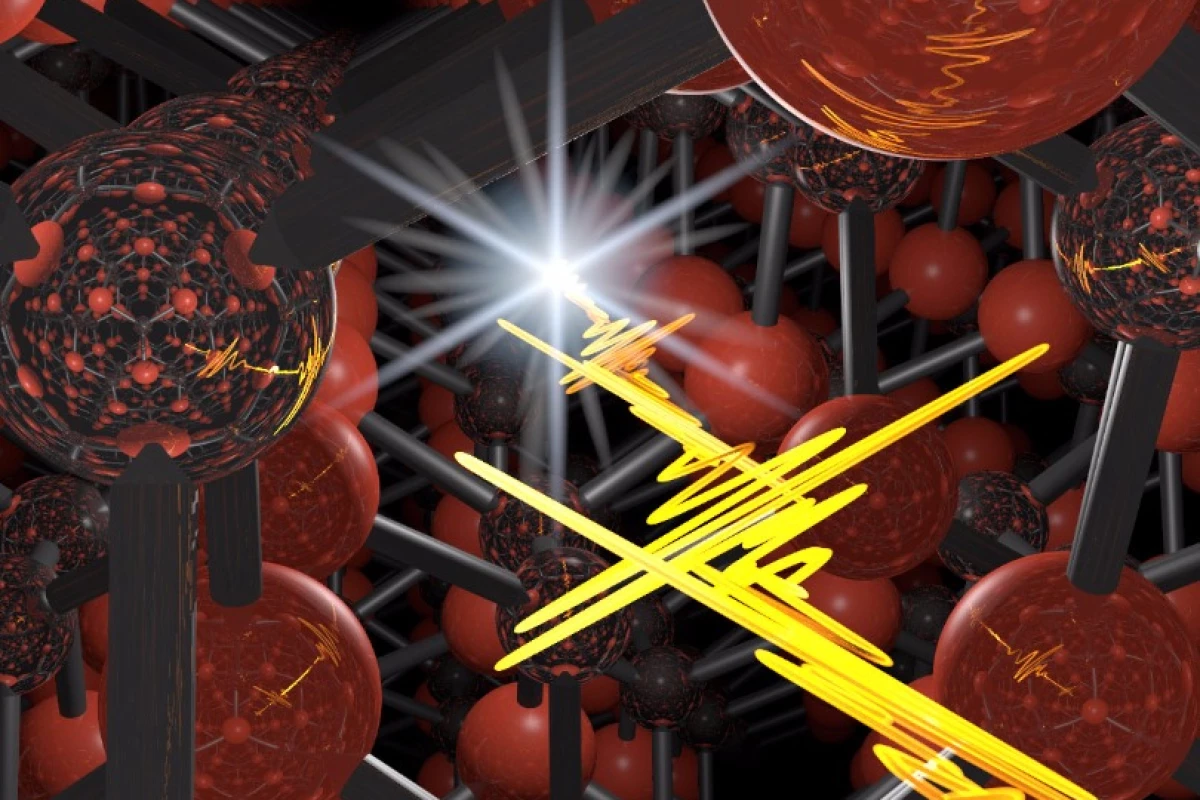Hold onto your hats, because computers could get 100,000 times faster if research led by the University of Michigan pans out. Using extremely short, configurable femtosecond pulses of light lasting 100 quadrillionth of a second, engineers are working on ways to so finely control the peaks of twists of lasers that they can move electrons faster than electric currents. This could open the way toward "lightwave electronics" and possibly quantum computers.
Modern electronics is largely based on semiconductors – substances that are not quite conductors and not quite insulators, but by adding impurities or altering their temperature, they can be induced to take on the properties of both. Today, semiconductors based on silicon make up the integrated microchips – with their millions of components – that form the heart of modern computers and other devices.
The problem is that while semiconductors are a quantum leap over the radio valves they replaced over half a century ago, they're rapidly approaching their physical limits as computer chips become smaller and faster. One drawback is that as electrons move through a semiconductor, some of them collide with other electrons, producing heat that lowers the efficiency and speed of the component. At large scales, this is insignificant, but at quantum levels, it becomes a major barrier to improving performance.
Lightwave engineering seeks to overcome this by using laser pulses to guide and speed up the electrons. According to the researchers, on our macroscale, an equivalent is to imagine cars speeding up on a road; they would have an increased chance of hitting something. At the quantum scale though, the electrons can be moved with the lasers so fast that they could get where they were going before hitting anything.
"In the past few years, we and other groups have found that the oscillating electric field of ultrashort laser pulses can actually move electrons back and forth in solids," says Rupert Huber, professor of physics at the University of Regensburg. "Everybody was immediately excited because one may be able to exploit this principle to build future computers that work at unprecedented clock rates — 10 to a hundred thousand times faster than state-of-the-art electronics."
To accomplish their feat, the engineers had to find a way to guide the electrons in a semiconductor. They managed this by using terahertz lasers (the part of the spectrum between microwaves and the infrared) with bursts lasting 100 femtoseconds to bundle and guide the electrons through a gallium selenide semiconductor's crystalline matrix.
The impact of the laser pulses pumped enough energy into the electrons so they could break free from their nuclei and move along the atomic bonds of the crystal – sort of like soaring along an internal atomic highway. As the electrons returned to their original energy levels, they emitted light that the researchers could record and study to learn more about how the electrons moved under the lasers and how to improve the technique.
The team found that the crystal could twist or not twist outgoing lightwaves depending on how the laser pulses were oriented. In addition, the laser pulse was so fast that it could catch an electron between two energy levels and keep it there, which is a major step toward making quantum computers possible by allowing the electrons to exploit the strange properties of quantum mechanics, including acting like both a wave and a particle at the same time.
"This genuine quantum effect could be seen in the femtosecond pulses as new, controllable, oscillation frequencies and directions," says Mackillo Kira, U-M professor of electrical engineering and computer science. "This is of course fundamental physics. With the same ideas you might optimize chemical reactions. You might get new ways of storing information or transmitting information securely through quantum cryptography."
The research will be published in Nature Photonics.
Source: University of Michigan





